Two weeks ago, I went to Kyoto!
It’s not a trip I wanted to make. I don’t think it’s a very good idea to travel anywhere at the moment (and I am “surprised” that many people in Europe and North America have resumed doing so). It’s a trip I had to make in order to have my passport renewed.
The procedure itself took around 20 minutes or so, which means that I had the rest of the day free.
Kyoto is in a very strange situation at the moment.
In recent years it has become more and more popular with foreign tourists, to the point of unsustainability. Honestly, it had become so crowded with tourists that I have avoided the city for the past few years. It was just not an enjoyable experience to go there anymore. However, with the country’s borders being closed, it means that the city has basically become empty. Not totally empty, of course. Around 1.4 million people are living there. Some Japanese tourists also were there. Still, Kyoto felt emptier than I had ever seen it before, and… you know what? For the first time in a long while, it felt pleasant to just walk down its streets. Even the locals seemed more relaxed and friendlier than usual.
Here are a few pictures of that day.
Enjoy.
Just like many other trips within Japan, this one started with crossing the Great Seto Bridge! I can’t believe I hadn’t ridden a train in about four years and I hadn’t crossed this bridge in about two.
Fun fact: this tiny island is called Matsushima, and – it was a coincidence – I visited it for the first time three days earlier. If you’re curious about it, it’ll be showcased soon in my other blog, the one dedicated to the Seto Inland Sea.
In Okayama Station, I learned that there is a Hello Kitty Shinkansen!
I didn’t ride it, though. My shinkansen was a more traditional Nozomi.
As I arrived in Kyoto, or at least as soon as I left Kyoto Station, even though the city instantly felt less busy than I remembered (it was my first trip there in seven years, almost to the day), I felt a bit agoraphobic. I hadn’t set foot in a big city since the beginning of the pandemic, and even in Takamatsu, where I live, I do my best to avoid crowds (and concrete) as much as possible.
There was plenty of time before meeting the consular attaché, so I took the subway (luckily, not crowded at this time of the day) and headed to Kyoto’s “Central Park” aka Kyoto Gyoen.
I remember the place as not being crowded, even when the city was full of tourists, and this time it was exactly as I hoped it’d be. Pretty much empty of people:
While nowadays, it’s “just” a very big park, a while ago, it was the heart of Kyoto. The Emperor’s residence was right in the middle, and it was surrounded by one of the richest and most important neighborhoods in Japan, as a big chunk of the country’s aristocracy lived there. Then, when the Emperor moved to Tokyo in the 19th Century, so did the aristocracy – or what was left of it – and the area became a giant park.
For those of you who may find this surprising, remember that in Japan, the capital city moving from one city to the other, usually as Emperors changed, was not uncommon before. Sure, Kyoto was the capital for the longest time, but it wasn’t the only one before it became Tokyo. And who knows, Tokyo may not remain the capital forever either.
Also, buildings are not something usually considered “permanent” in the Japanese mind. There’s nothing special about abandoning and then razing a house, even an aristocratic house, when it has finished serving its purpose.
However, the Emperor’s Palace was not abandoned nor razed. It is still standing and it is still being used by the Imperial family – as some sort of royal vacation home, I guess.
Here is the palace’s main entrance:
For some reason, they didn’t let me in.
Joke aside, it’s possible to visit it. However, you need to go through a vetting process, make reservations, and whatnot. It is not a visit you improvise.
Apart from that, the park is also full of hidden gems here and there:
Next, I went to the Institut Français nearby to complete the passport renewal process. It was a very strange feeling to run into French people and French speakers there. Nowadays, I pretty much only speak French with friends and family, not with strangers. And French-speaking friends are not a big crowd where I live. So, this place felt very uncanny. All of these people I didn’t know using “my” language, the one reserved for people who are close to me. Also, they had regional accents that I hadn’t heard in years. Very odd.
It also reminded me that French immigrants to Japan (and to other countries too) have very different experiences of living abroad depending on where we live. There, in Kyoto, there are enough French people to form a French community. Not in Takamatsu, where we are around 10 French nationals, and – with a few exceptions – we don’t see each other regularly and we are not really a part of each other’s lives.
After leaving the institute, a decision had to be made. I had four hours before it was time to go home. I was very tempted to go visit a new place that I didn’t know. However, I was equally tempted to go to a familiar place I love and experience it without tourists.
I opted for the familiar place.
Mostly because I didn’t have that much time, and I didn’t want to run the risk of wasting some of it by getting lost, taking a wrong turn, etc. Also, I really love Higashiyama, and it isn’t too far from the French Institute (which is located next to Kyoto University).
I missed the bus to Higashiyama.
Sure, the next one was just a few minutes later, but as I wasn’t too eager to ride many buses and trains (remember, I was in a big city for the first time since the beginning of the pandemic, public transportation is not a thing I feel comfortable doing just yet), so I decided to walk.
First, I don’t walk nearly enough these days, so it would be good exercise. Second, it also was an opportunity to see parts of the city that I didn’t know.
I ended up walking for the rest of the day, never riding the bus or the subway again until it was time to hop on the Shinkansen that would bring me back home!
I walked about 22 km. My longest walk in many years.
My feet hurt badly that evening, but I felt so good at the same time.
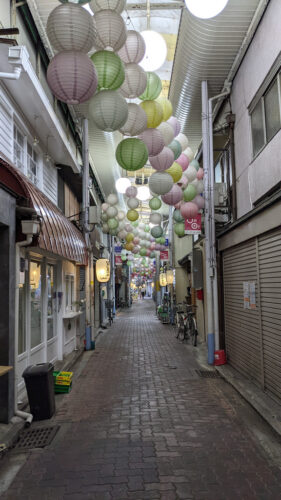
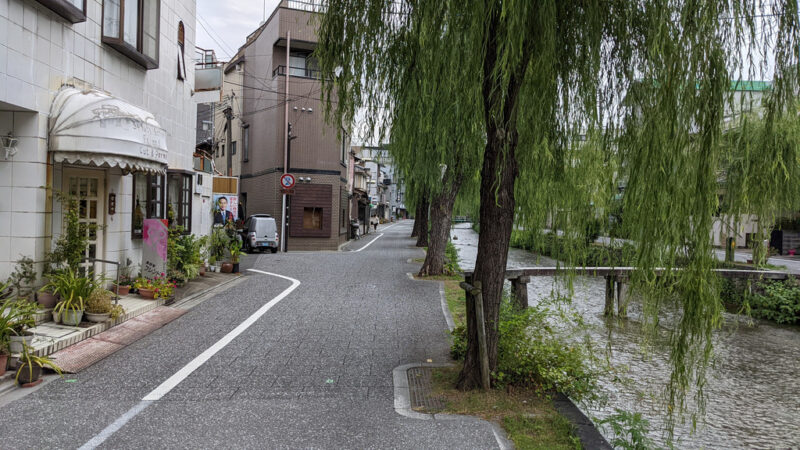
Higashiyama
Yasaka-jinja was nearly empty. Most of the tourists were young couples (on a honeymoon?) and junior high school students. I wonder if I always go to Kyoto during school trip season, or if it’s school trip season year-round in Kyoto. But basically, every time I’ve been to the city, a big chunk of the tourists were junior high school students on a school trip.
Of course, there also was a good number of retired people. It goes without saying in Japan.
Higashiyama and most of its streets were almost empty! I was alone more often than not. It was magical!
The main reason why I chose to return to Higashiyama was that this is where my favorite temple in town is (I have to admit that I don’t know all of them): Kodai-ji.
About ten other people were visiting at the same time as me!
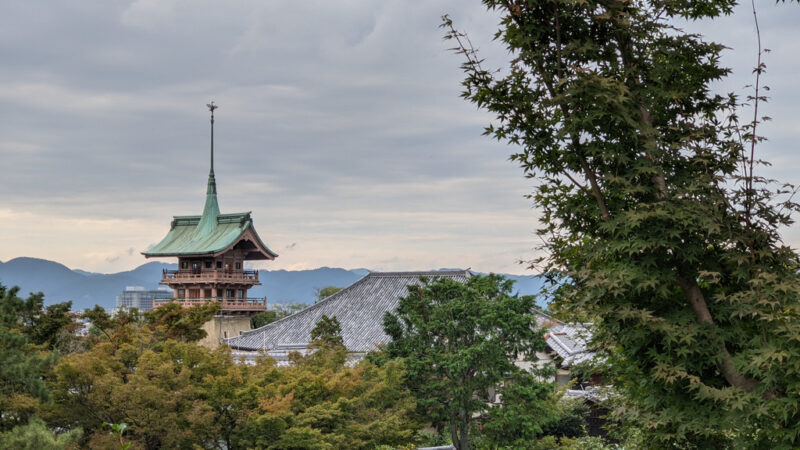
(click on the pictures to see them bigger)
Unfortunately, the main hall and its garden were under renovation, but I’m not going to complain, am I?
Just downhill from Kodai-ji, there is a small street that I call the most beautiful street in Japan. I’m not sure if it’s true, but it has to be near the top:
As I walked down the street, I started seeing more and more signs saying that pictures were not allowed in the street! Whoops, I hope I won’t get in any kind of trouble.
I can imagine how annoying it must be for the locals when the city is full of foreign tourists who confuse Kyoto with some sort of amusement park or an Instagram backdrop. I do understand why pictures are not welcome anymore in some parts of the city. However, as I ran into exactly one person in the street, I also consider that the photography ban doesn’t apply at the moment.
Next, I thought that it was the only chance, probably in my life, to see Kiyomizu-dera without tourists!
If you don’t know it, it’s one of the most famous – and most crowded – temples in Kyoto, if not all of Japan. And it’s not too far from where I was. So, I headed there.
However, as you can see, the closer I got, the more crowded it got. Sure, foreign tourists are gone, but Japanese tourists are still around, and Kiyomizu-dera remains one of the top tourist destinations in the country, pandemic or not (and the state of emergency had just been lifted a few days prior).
While I’m sure the crowds were manageable at the temple, I changed my mind and turned around anyway. I was just not in the mood for any kind of crowd that day, especially right after experiencing Higashiyama in a way that I would have never hoped to experience.
So I walked west and downhill instead. If you know the city, you know where this leads, if not, just wait for a few pictures.
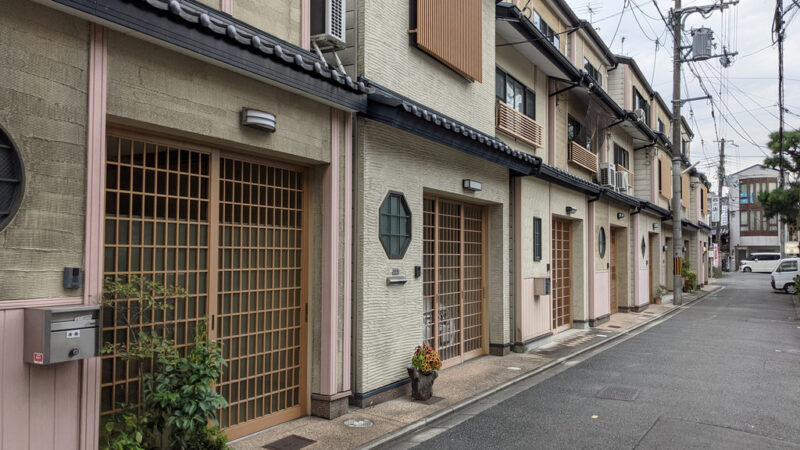
Gion
My next stop was Gion, the famous area where geisha work and can be seen.
There too, signs saying that pictures were not allowed abounded, so while the English translation was not clear (what constitutes a “private street” exactly, as there doesn’t seem to be any in the neighborhood?) I didn’t want to run the risk of annoying anyone, and even less to have to pay the roughly €100 fine if someone caught me.
Because of that, this is the only picture you’ll see of the “heart” of Gion:
However, no such signs in the northern part of Gion, where the Shirakawa flows.
Even there, though, this sign:
Mass tourism really spoils everything. 🙁
So, I just mentioned that Gion is the neighborhood where Geisha can be seen. You must be wondering whether I saw any. Well, it was way too early for that, they usually roam the streets when they walk from one appointment to the other, and it happens in the evening.
However, I more or less know where some okiya (geisha houses) are located, I walked around that part of town a bit, and lo and behold, a geisha was going on about her day.
How did I know she was a geisha? Ok, I can’t be 100% sure. However, when they’re not working, they still wear kimonos that are way more elaborate than regular ones. So seeing a young woman wearing such a kimono in this part of town leaves little place to doubt. And the picture is not of better quality on purpose. I waited until she was far away and turned her back to me before taking the picture to respect her privacy.
Oh, and how do I know the location of at least one okiya (and I could deduce a few more from that)?
Completely by chance. One day, just a few days before a previous trip to Kyoto, I watched a documentary about a geisha. Most of the documentary was shot in and around her okiya, so I remembered quite well what it looked like when I went to that neighborhood just a few days later. And I found it totally by chance. No, do not insist, I will not tell you where it is. 🙂
If you want to know more about the Geisha of Kyoto, I invite you to read this article I wrote a few years ago, after one day that was rich in encounters (and when tourism was slowly starting to get bad in the city):
A much-needed rest on the banks of the Kamogawa.
At this point, my feet were starting to hurt quite a bit, but after some reflection, I decided to walk to Kyoto Station nonetheless. I kinda wanted to see parts of the non-touristy area of the city and see what it looked like nowadays.
I didn’t take many pictures after that, just one. Here it is:
However, I did film a bit more.
So if you want to see even more of that walk, why don’t you check this video I filmed as I was taking the pictures you just saw above:
OK, that’s all for now.
I hope you enjoyed this tale of a day in Kyoto without tourists.
Honestly, it was a great day, and it made me like Kyoto again. It’s a wonderful city, but it also became a victim of its success in recent years.
What will happen after the pandemic is over? Nobody knows.
From what I understand, the people in Kyoto have mixed feelings about the situation. Most are happy to have their city back, a city that always prided itself on not being overpopulated as opposed to, for example, its neighbor Osaka. On the other hand, a big chunk of the economy nowadays revolves around tourism, and you can tell that some businesses are not doing too well (for example, the restaurant where I remember eating on my very first day in the city, back in 2010, has closed, and it seems very recent).
Can the city find a way to generate some form of sustainable tourism when things return to somewhat normal? I hope it finds a way to do it. We’ll see.
If you enjoyed this post, do not hesitate to share it with your friends and contacts.
Also, if you’re interested, please follow my blogs and social media devoted to Japan there:
And if you haven’t done so already, please
Stay tuned for more…

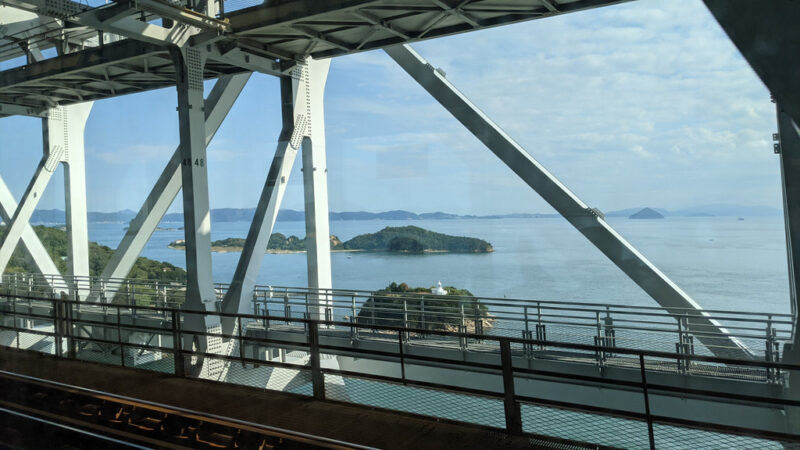
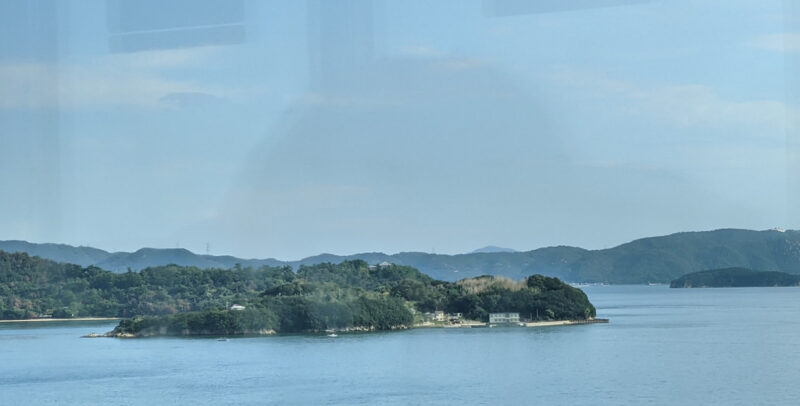
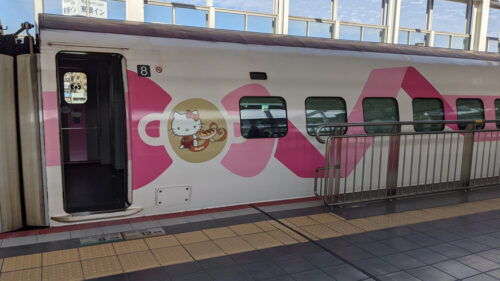
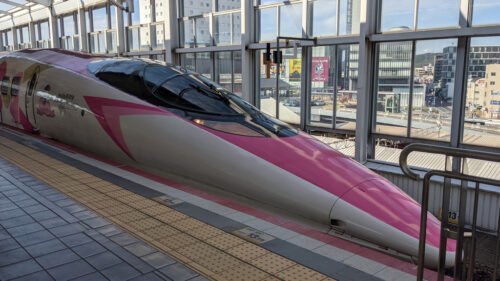
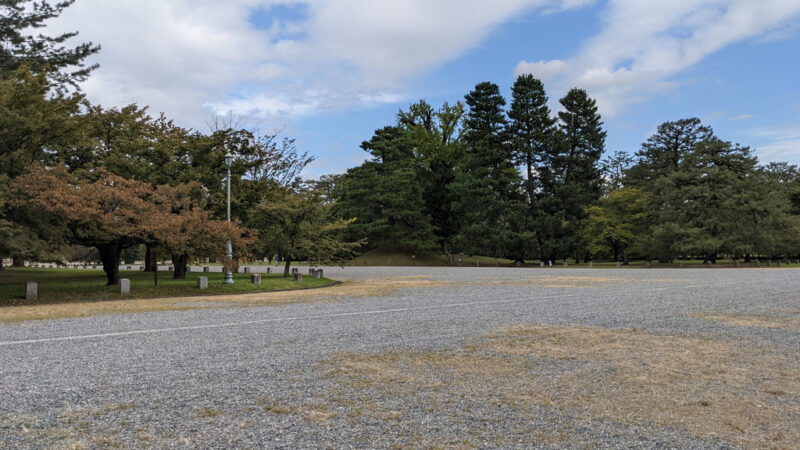
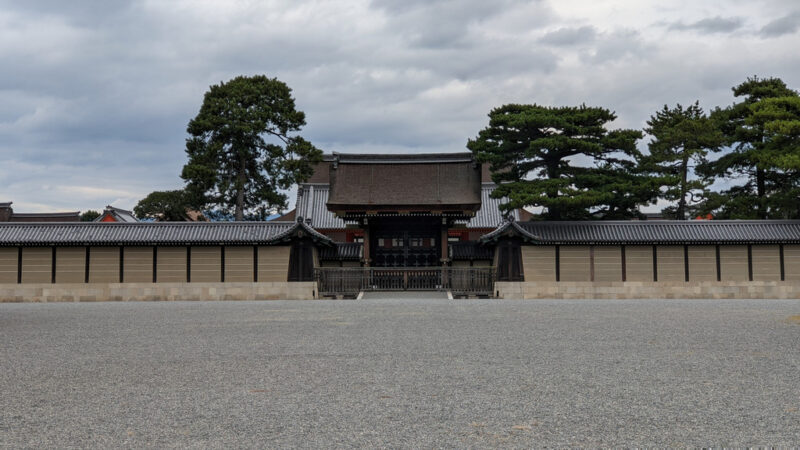
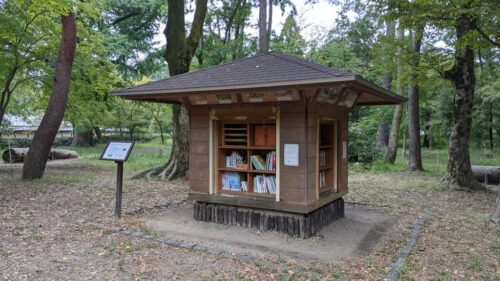
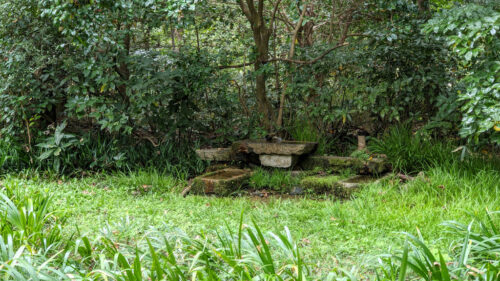
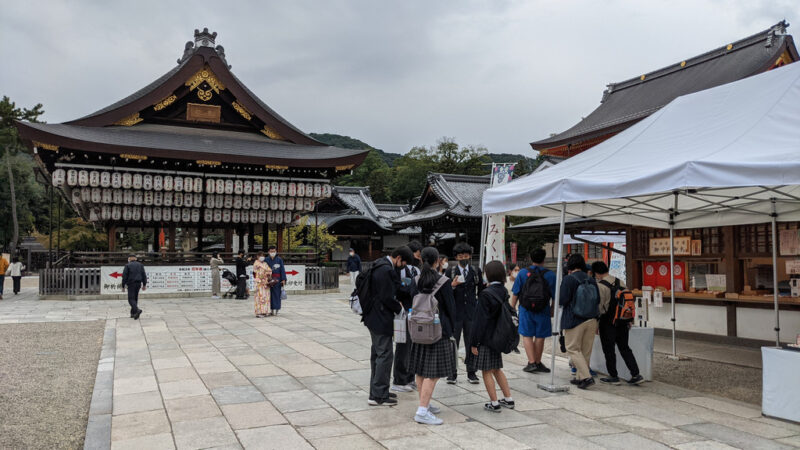
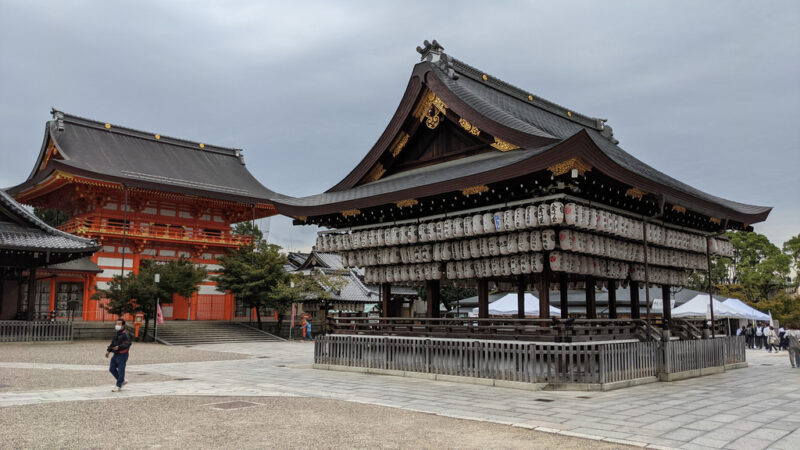
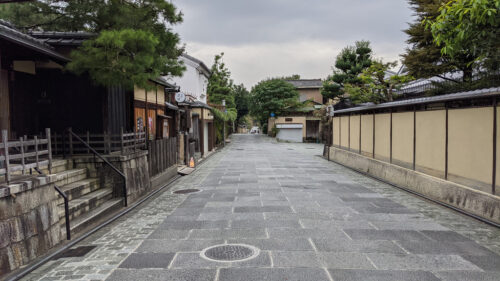
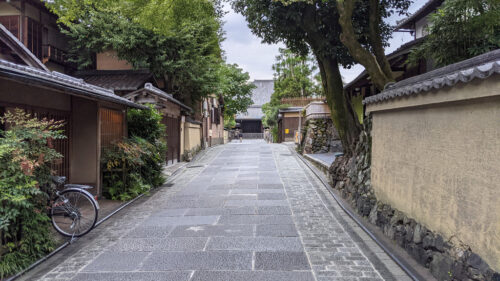
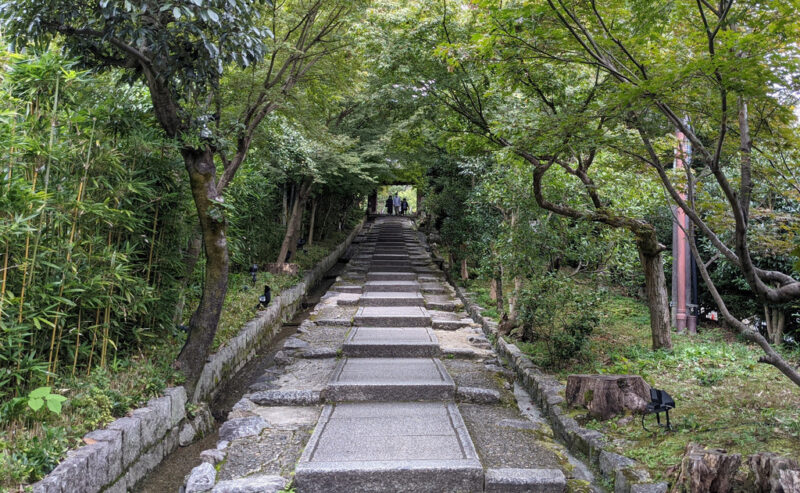
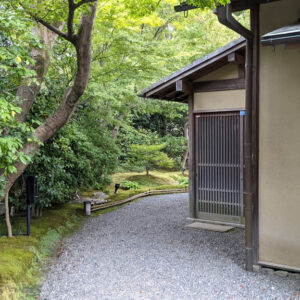
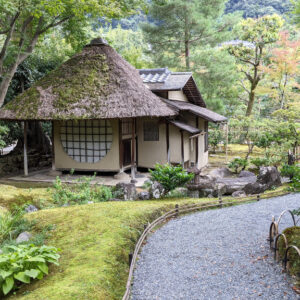
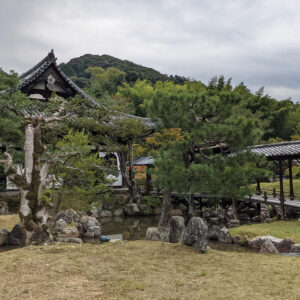
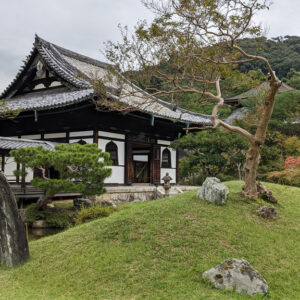
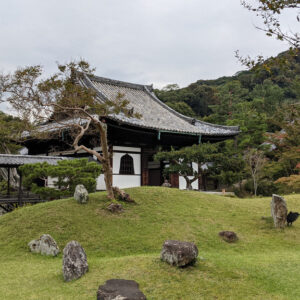
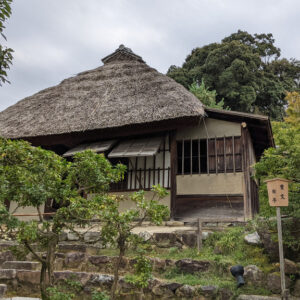
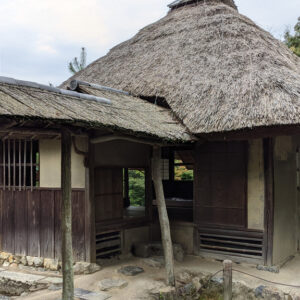
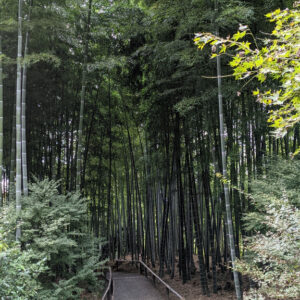
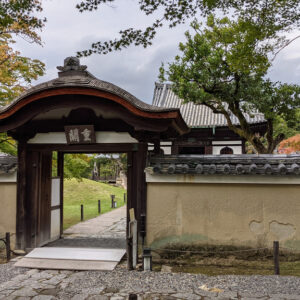
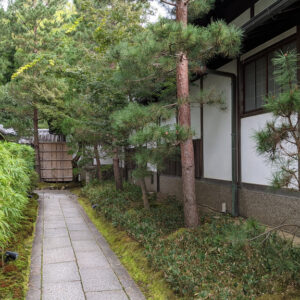
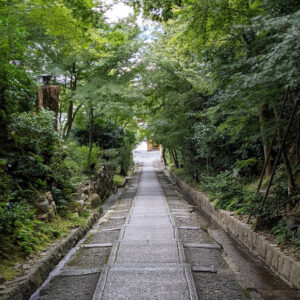
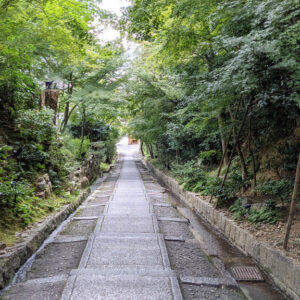
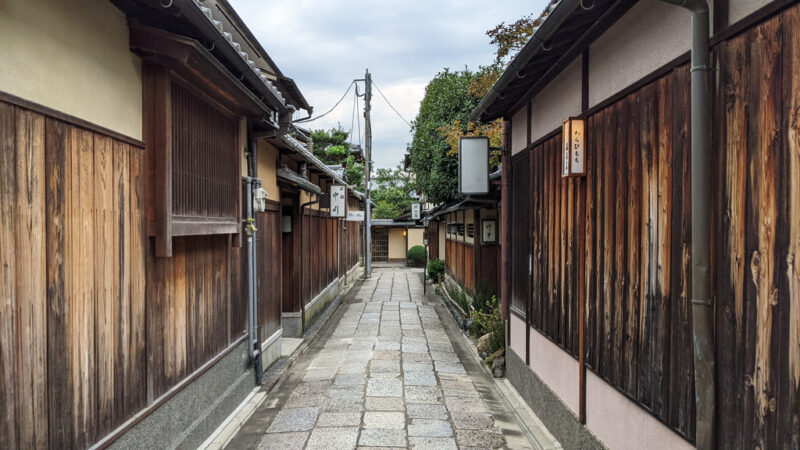
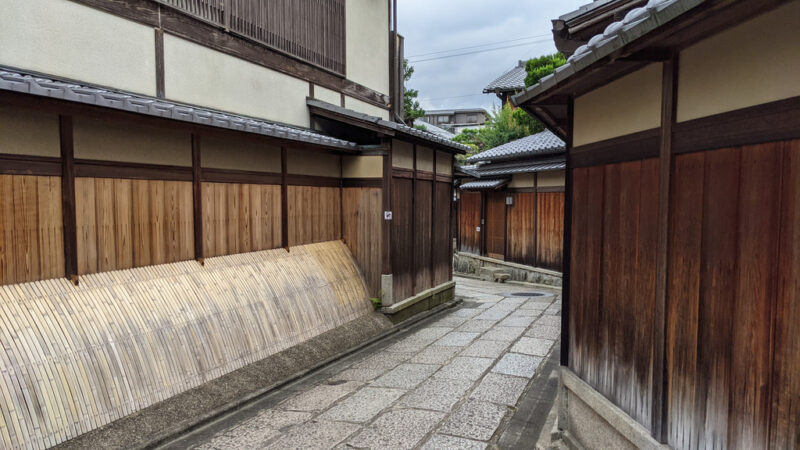
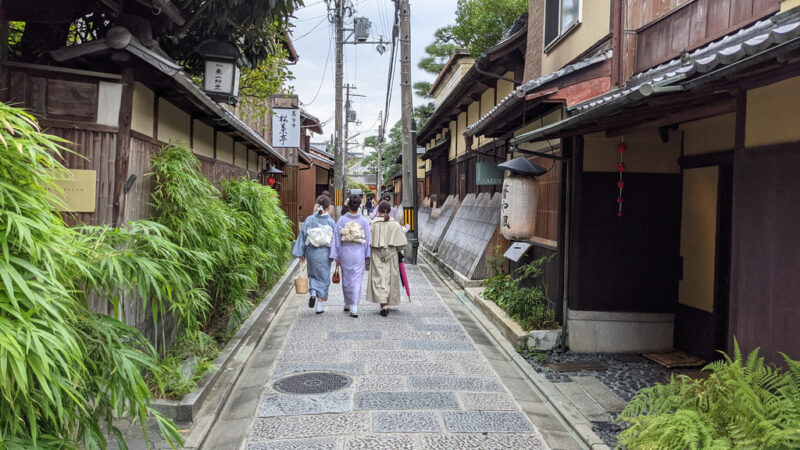
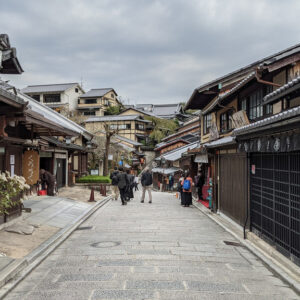
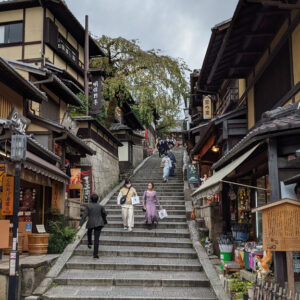
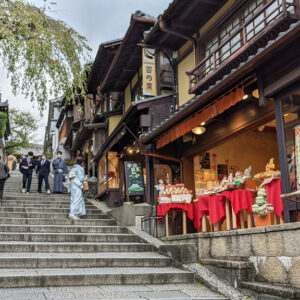
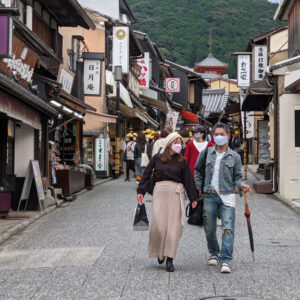
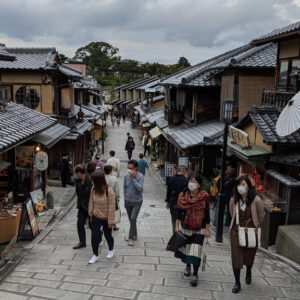
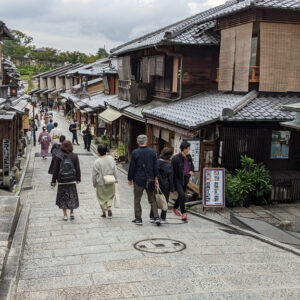
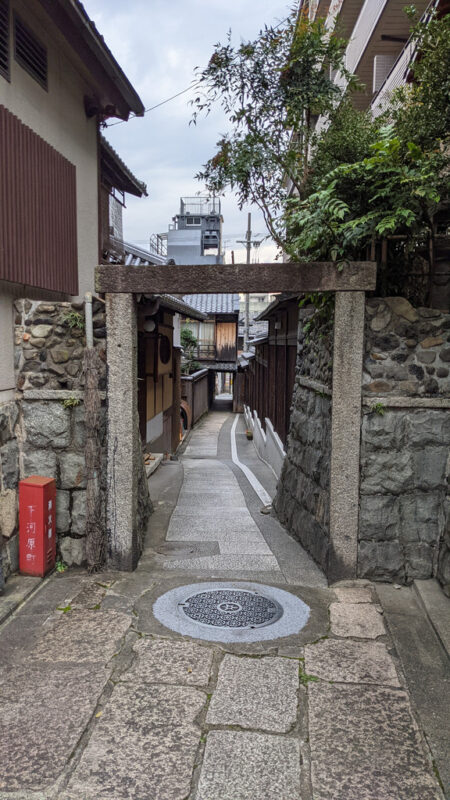
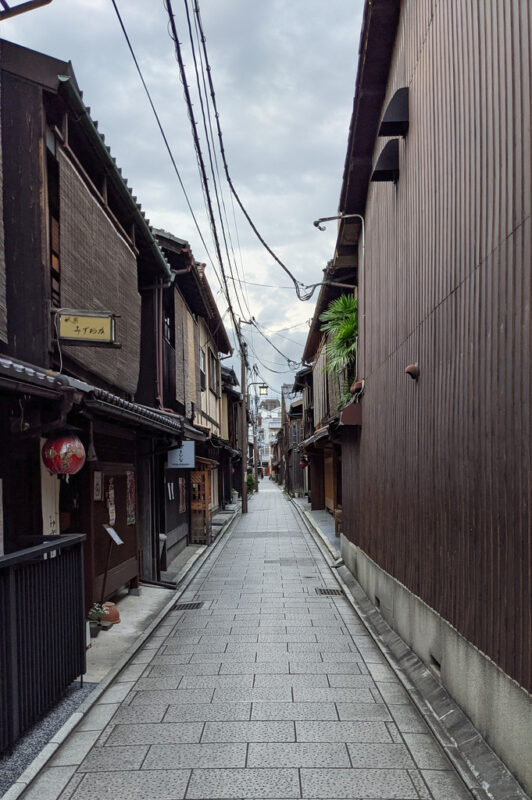
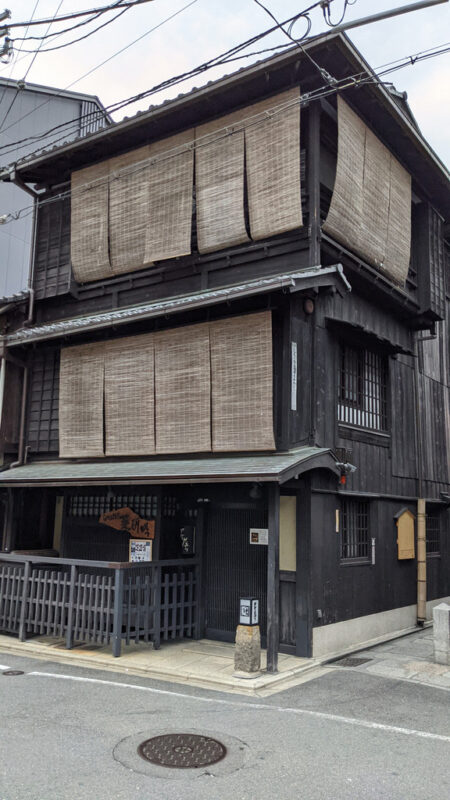
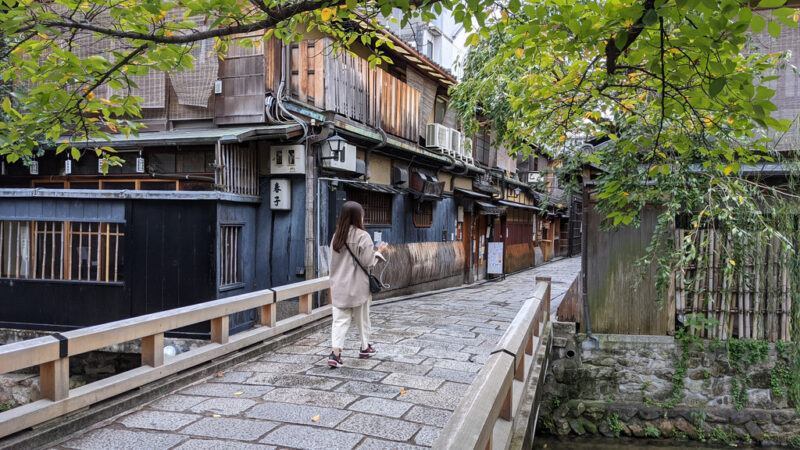
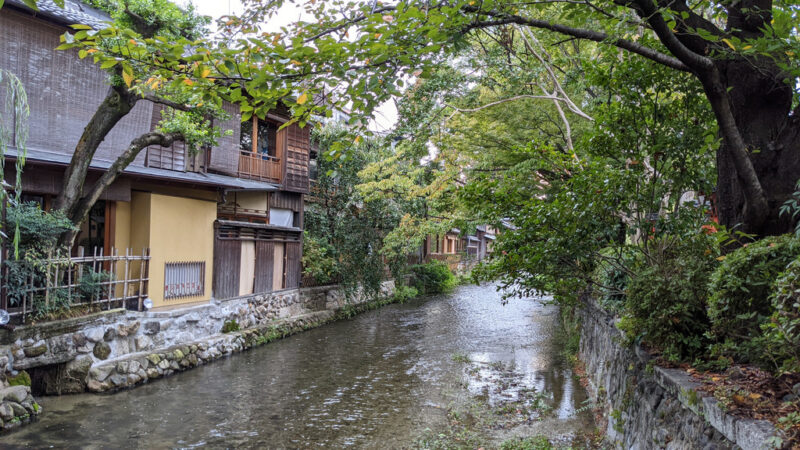
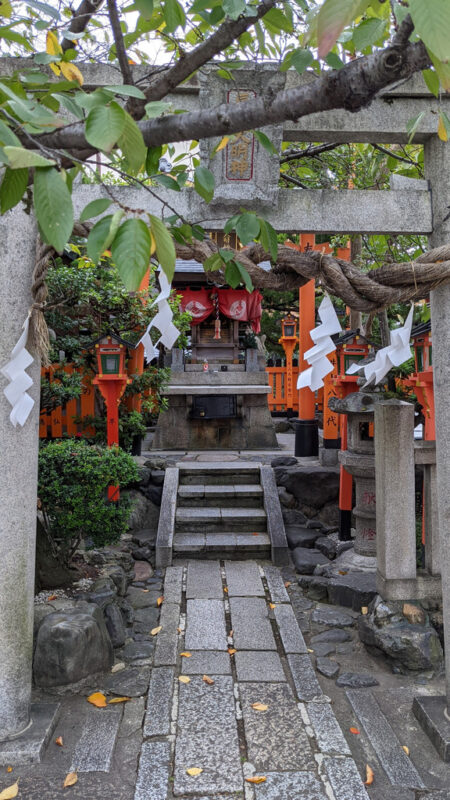
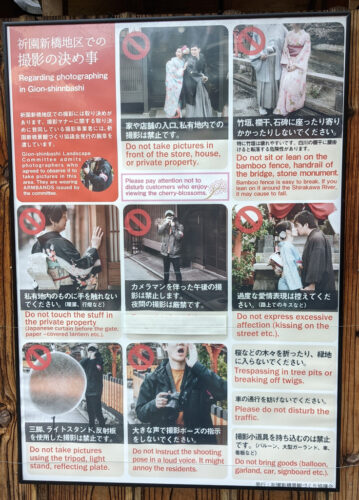
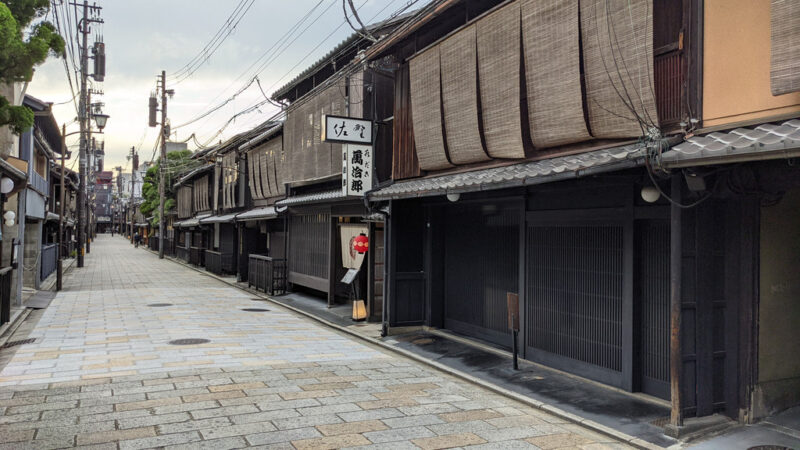
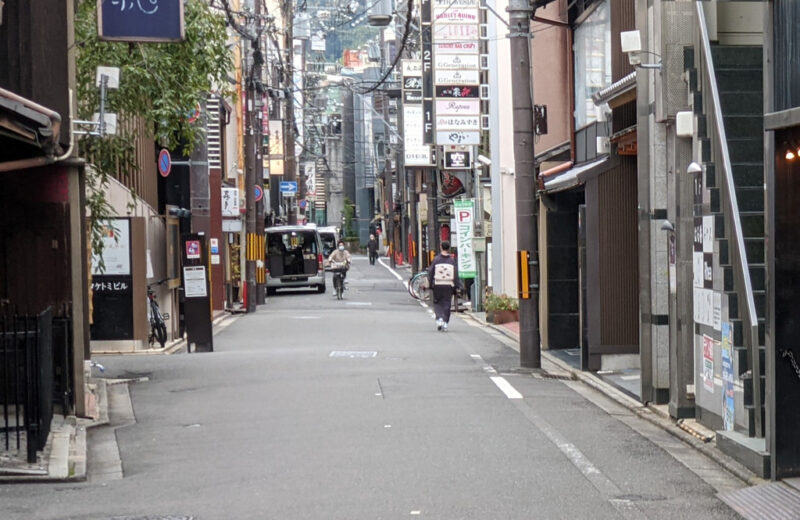
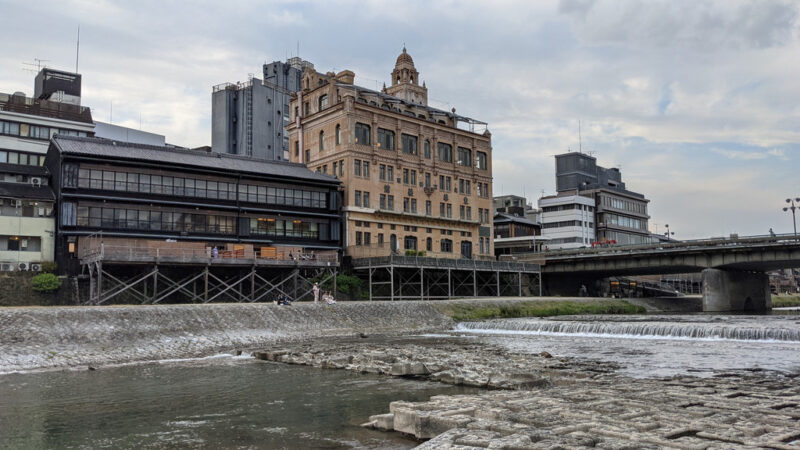
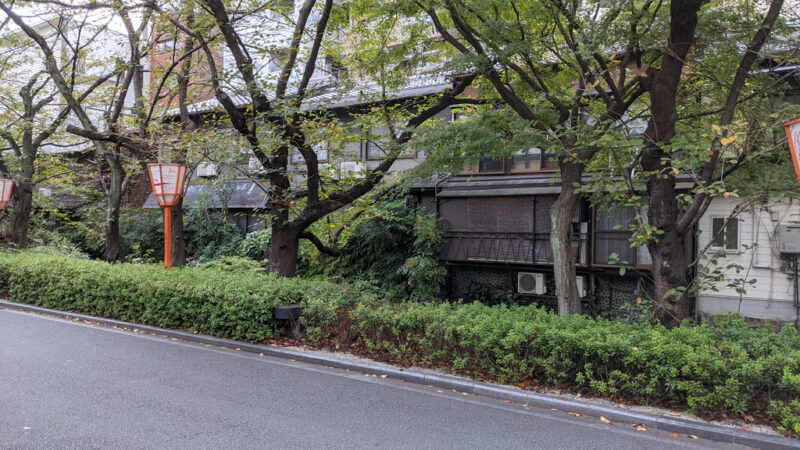


Thanks for sharing the city without tourists. It looks so lovely. I first went there in 2004 on a university exchange and loved it and have been back several times since. My most recent visit, in 2016, was an eye-opener in terms of the numbers of people now visiting. We did still find some moments of joy. Particularly as we were staying in a simple business hotel we found an excellent restaurant directly across the road and had a great meal. I ‘m glad you got to experience the city like this and thank you for sharing the experience.
Hi Léonie and thanks for stopping by here too.
Yes, Kyoto is a great place, but tourism really had become unsustainable in recent years. Even then, it was, of course, possible to have fun and nice experiences, especially if you go a bit away from the big areas.
I’m not sure what is going to happen once international tourism resumes, as not much as been done to change things one way or the other.